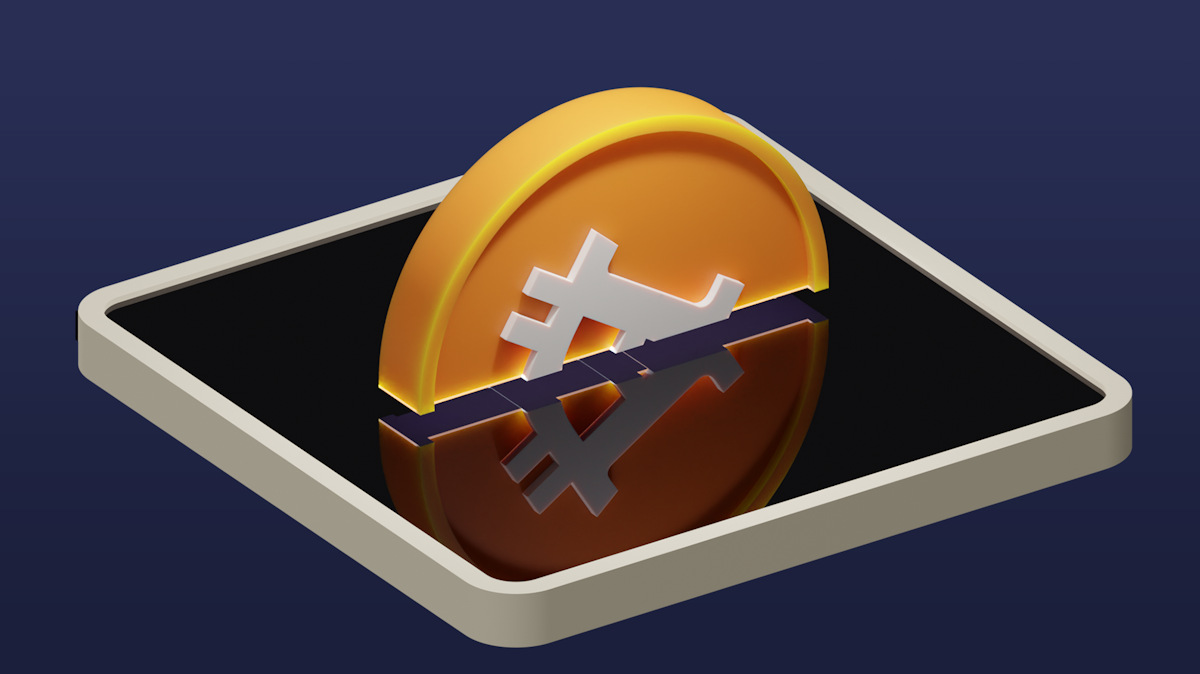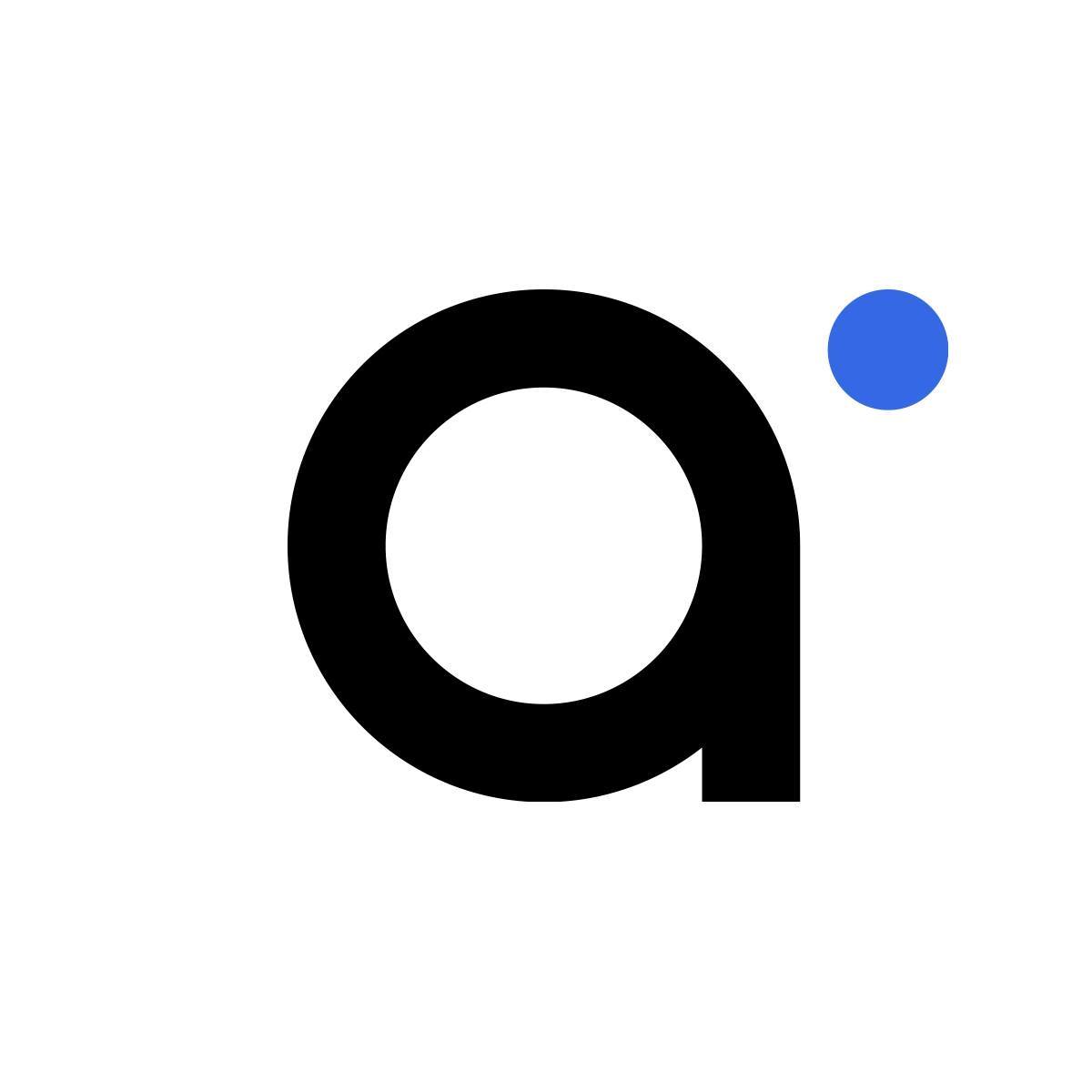What is the Bitcoin halving?
Bitcoin halving is an event that occurs after 210,000 blocks have been mined. The fee for mining a block is then halved. This happens about once every four years. You may have heard about halving for Bitcoin. However, there are halvings of many coins. Today we are going to explain to you what these actually are.
Brief summary
✔️ Satoshi has arranged a reward for mining Bitcoin. For every 210,000 blocks mined, a halving takes place.
✔️ With halving, miners' revenues go down, this may cause the number of miners to go down because it is no longer profitable.
✔️ After a halving, a bull run has always occurred so far.
What is the Bitcoin halving?
Bitcoin halving is an event in which the reward for finding a new block on the Bitcoin network is cut in half and so is the number of new Bitcoins.
Bitcoin mining
A Bitcoin miner (someone who approves transactions on the blockchain network) is rewarded in the form of Bitcoins. Every 210,000 blocks, these block rewards are halved. This is called a Bitcoin halving.
At the Bitcoin mining in the early days, you got 50 new Bitcoin per block found. You got the rewards of a found block if you were the first to find a cryptographic puzzle solved. This process is called mining. In this process, you approve all transactions from the past 10 minutes on the Bitcoin network and put them into a block, then add it to Bitcoin's blockchain.
Bitcoin inflation
Why does the Bitcoin halving exist? Simply put, it is designed to control Bitcoin inflation. Unlike fiat currencies, like the euro or the dollar, there is a limited number of Bitcoin. Satoshi Nakamoto, the creator of Bitcoin, has arranged it so that every four years, the block reward for finding the solution to the puzzle is reduced by half. This may take a few months, as actually Bitcoin halves are initiated after every 210,000 blocks mined.
In total, only 21 million Bitcoin will be available, and most of them have already been mined. By halving the reward for miners every four years, the supply of Bitcoin will expand more slowly and limit inflation. Nakamoto wanted the last Bitcoin to be mined around 2140 because around that time his grandson would turn 100.
If the same number of Bitcoins were mined all the time, new Bitcoins would enter the market much sooner. That's why Satoshi concocted that every 210,000 blocks (about four years, 1 block every ten minutes) the reward is halved.
This is called halving, halving or halving, when the reward for adding a block is halved, in this case with Bitcoin.
New coins on other blockchains
There are a lot of coins that have a halving. This has to do with the maximum number of coins there will ever be of a cryptocurrency.
Some coins have a roadmap, where somewhere on that calendar it says what the maximum number will ever be in circulation and when they will all be on the market. If that number is not infinite they will probably also work with a halving, where the number that comes in gets smaller and smaller.
There are also cryptocurrencies that have no halving, because there is no maximum number that can be added. A well-known example is Ethereum, which has a theoretically infinite number.
And then there are coins that come with Proof of Stake instead of Proof of Work. This does not involve halving, as some new coins are given to traders who staker their coins.
What are the consequences of a Bitcoin block halving?
If you are mining and your income is high enough relative to the costs you have to incur, such as power costs and expensive equipment, then you have a reason to continue with it.
Once your income goes by half it remains to be seen. There are a number of possibilities here. For example, the number of miners may drop dramatically because it is no longer profitable. However, what is most common, especially with Bitcoin, is that the price goes up significantly.
If the price goes up significantly, the miners, who are very important in Bitcoin, can continue their operations. Every four years so far we have seen that this is indeed the case.
Bitcoin halving in 2012
The first Bitcoin halving dates back to Nov. 28, 2012. It was worth 20 euros then and shot up to about €500 in the following years. You still only got 25 Bitcoin per puzzle you solved.
Bitcoin halving in 2016
The second halving was on July 2, 2016. The reward went to 12.5 new Bitcoins per block and the price rose to €16,500 over the next few years.
Bitcoin halving in 2020
The previous Bitcoin halving was on May 12, 2020. The reward was reduced to 6.25 new Bitcoins per block and the price increased to €60,000.
Bitcoin halving in 2024
If we continue this line we can cautiously predict that the price of Bitcoin will be above €60,000 after 2024, otherwise miners will drop out. It does seem that the price is stabilizing somewhat and the curves are becoming flatter. Of course, we cannot start quoting exact prices for obvious reasons.
What is very special is that this time a bull run occurred even before the next halving and Bitcoin was worth 67,000 euros. Normally it follows after the halving. Where this leads is impossible to say, but there is a chance that it could be a long bull market is going to be, with occasional correction here and there.
Altcoin season
A derivative effect of Bitcoin's halving is the altcoin market. After all, cryptocurrency is also sold in pairs. For example, you can use Bitcoin to pay for Ethereum. If Bitcoin were the only coin to rise, you could buy the entire market empty with Bitcoin.
That, of course, never happened. As soon as Bitcoin rises, so do the other coins. Usually it's the other way around. After Bitcoin halving, Bitcoin rises, but altcoins rise much more, which is called altcoin season. The best example of this is in early 2018, when altcoins went up by insane percentages. This is only thinly remembered in 2021, you just don't have certainties in cryptocurrency.
What happens after the last Bitcoin is mined?
After the last Bitcoin is mined (prediction is 2140), no new Bitcoins will be added and there will be no more halving. By then, all 21 million Bitcoins will have been mined and put into circulation. This means new Bitcoins will never be added again. Miners will from then on validate transactions and add new blocks to the blockchain, without being rewarded with new BTC. However, they will receive a portion of the transaction fees paid by the person conducting the transaction.
What to expect after the next Bitcoin halving?
The next halving will be on April 20, 2024. Then miners will receive only 3.125 Bitcoin when successfully solving the cryptocurrency puzzle. That brings us to the prediction after this halving.
Impact next Bitcoin halving 2024
Of course, this is always coffee-guessing. After all, the market is determined by supply and demand. Nevertheless, there are clues in Bitcoin's cycle that give us some guidance.
After halving, there is still a bull market emerged. During this bull market, the price of Bitcoin went up and so did the altcoins. The altcoins always rose relatively more than Bitcoin. So the prediction is that this will all happen again.
Bitcoin price four-year cycle
Let's go to CoinGecko to see what the Bitcoin price has done in the past. For that, we'll take Bitcoin's max chart.
After 2012, the Bitcoin price increased about tenfold, but at that time there weren't that many altcoins, so we don't really need to look at that.
A crazy bullrun followed after 2016, with the price of Bitcoin going x20 and altcoins going as much as 100x over the top. January 2018 was the high point, after which altcoin prices sometimes had only a few percent left of their all-time high. Bitcoin retained its value much better, losing "only" about 80 percent maximum.
In 2020, the last halving took place. In April and November of 2021, there were two high peaks of Bitcoin, with this coin worth above €50,000 and close to €60,000 each time. The story of altcoins during this period was ambivalent. At the initial peak, many coins went x10, then lost about 50% of their value in a single day at Bitcoin's flash crash in the spring of 2021. After that, they recovered cautiously, but many coins did not reach the heights they had before.
Bitcoin halving 2024
If we then go to the halving of 2024 go we can make a tentative prediction. Last time Bitcoin went about x4 from its all time high a year after halving. The altcoins went x10 or more, but generally could not maintain their high levels after a flash crash of Bitcoin.
We see a flattening of the curve for Bitcoin.
Given the previous flash crash, it is wise to take this into account and use stop losses in this coming bull market. Nothing is more annoying than being on big gains, only to wake up considerably poorer, after which the markets for the coins you own do not recover. It is also possible to estimate when the bull market is approaching its peak and just keep your crypto to sell based on the market cycle.
Bitcoin halving is a fact since 20-4-2024. What is in store for us? We have lost our runic stones, so we have to make do with our Tarot cards. The Celtic cross indicates a bull market is coming. So let's trust in that!

